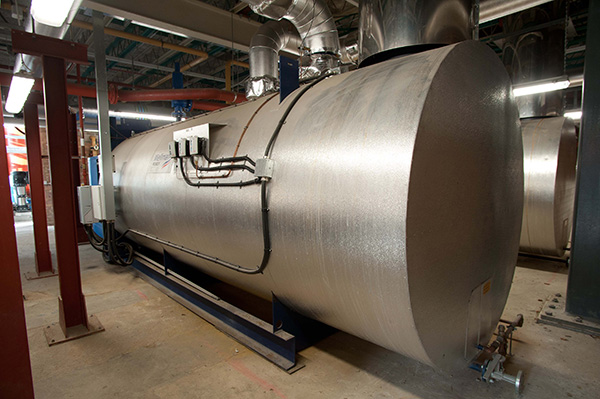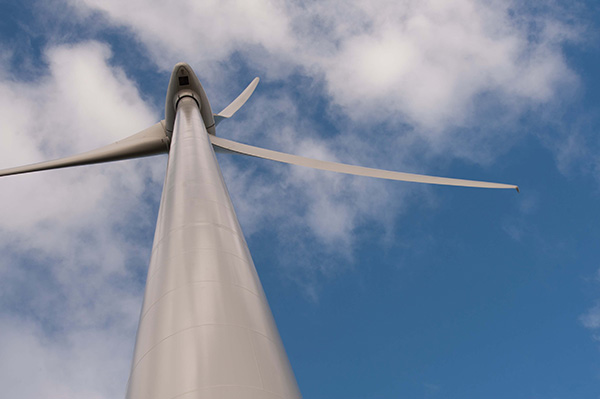Lancaster University adopted its Carbon Management Plan (CMP) in 2010, and it has successfully reduced its scope 1 and 2 carbon emissions by 50.7% between 2005-06 & 2018-19 from 26,043tCO2e to 12,822tCO2e, This decrease is a result of the implementation of an extensive range of carbon reduction projects including: a wind turbine, combined heat and power engine, biomass boiler and many energy efficiency projects.

Carbon Management Plan
The Carbon Management Plan quantifies Lancaster University carbon emissions and carbon reduction targets and sets out a strategic route map to reducing emissions through a range of policies, projects and initiatives.
Get involved
Launched in 2015 to engage with students and promote sustainability, Green Lancaster has evolved to become a passionate community, committed to tackling the toughest environmental issues of today. The Green Lancaster team host a wide variety of events and initiatives throughout each year to give everyone the chance to get involved.
Green Lancaster



